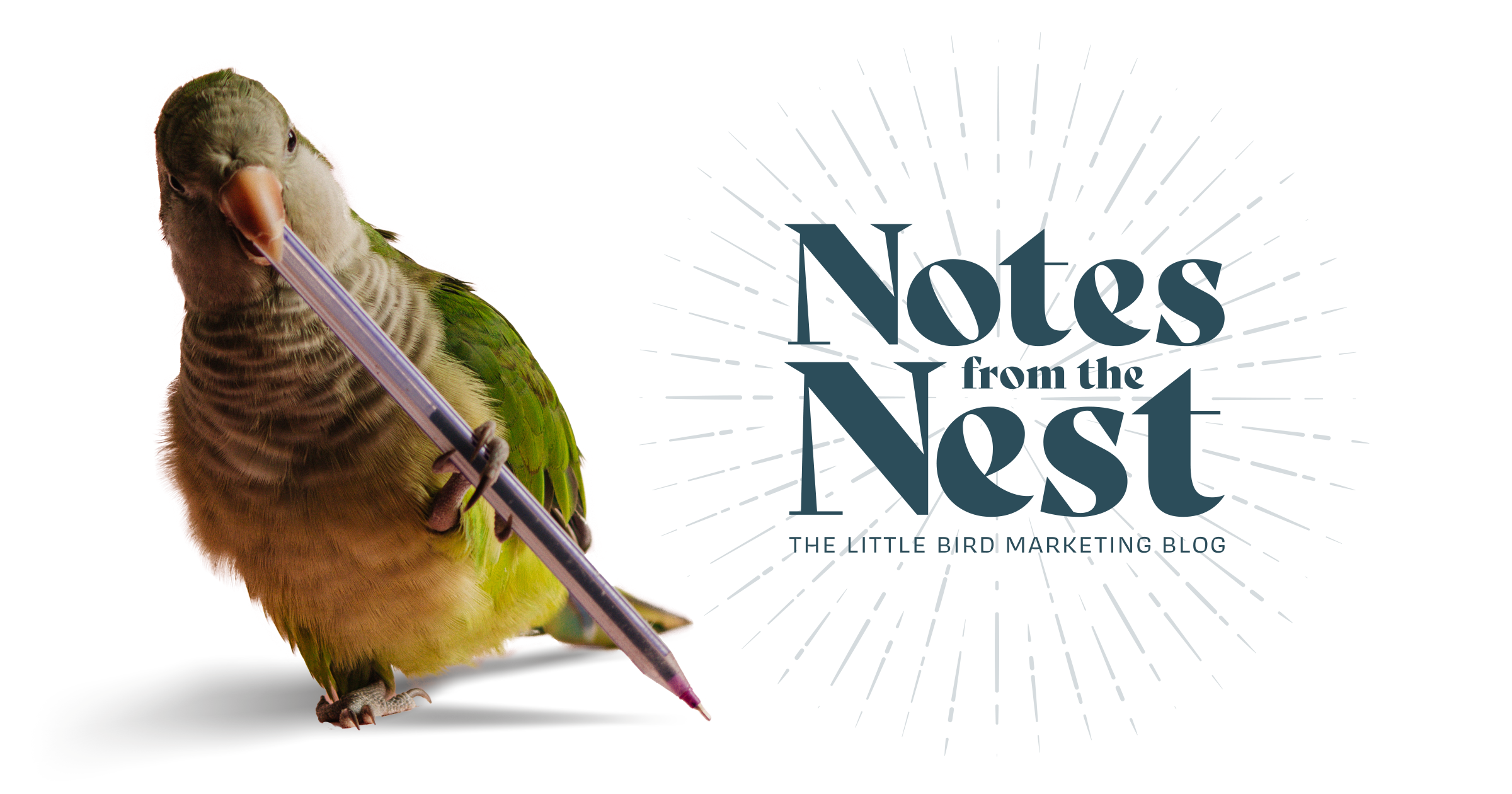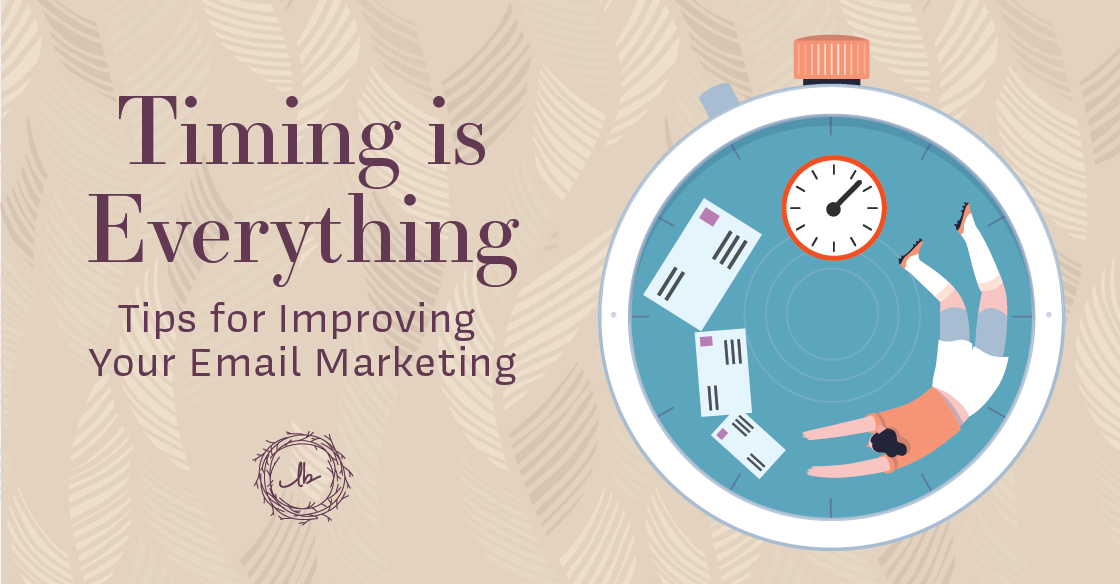“Timing is everything. That’s a cliche.
Now, if I’d said that a long time ago, I’d have been original.”
- Demetri Martin
We hear a lot of questions from businesses about email marketing and often share our email best practices. It's not that there isn't information available out there; it's just that most of it seems to be either too generic, or too specific to effectively address the types of issues that businesses often face. Today we're going to look at how timing affects email engagement.
Imagine, if you will, a room with three people in it, each of them talking concurrently. While difficult, it’s still possible for each person to hear the others, and probably make some sort of sense of what they’re saying.
Now imagine five more people entering the room, each of whom are also talking. Every new person who enters the room makes it more difficult for each to hear and discern what’s being said.
When we discuss email marketing metrics, this is the type of problem we look at.
There’s actually a name for it, too. It’s called the frequency math effect. Basically, when you examine the rates of email sent during, say, Christmas or Black Friday, they increase immensely. Conversely, the open rates drop starkly across the board - because most people can’t keep up with all of it. Think through the last political election or social event that happened, how many emails flooded your inbox- we know it was a lot. Look at this problem in different scales, and you’ll find that the same principle actually applies to over-saturating your own mailing list with email frequency (regardless of the quality!), and sending emails during the busiest times of the day for email traffic.
Let’s break here for a second. You might be thinking, “Surely social media will soon replace email as a method of communication for businesses, and this problem will just go away!” Based on some well-researched projections, that’s not the case (optional “don’t call me Shirley joke.”) In fact, Target Internet offers the projection that the number of daily emails received will increase from 109 billion (now) to 140 billion by 2018!
Now, unfortunately, there’s not a one-size-fits-all solution to this problem. But awareness of this principle can inform your future choices, so you can adjust your email strategy to take advantage of peak sending times. In our guide, “9 Reasons People Are Ignoring Your Emails,” we recommend using Hubspot’s Sales extension (formerly called Sidekick) to monitor the lifeline of your emails. Once you start tracking important analytics, you’ll be able to develop a plan that allows you to engage with your customers when they’re most likely to respond - and that’s mutually beneficial.
Are your emails getting the engagement they deserve?
Be sure to check out our guide, and rectify the mistakes you've been missing to improve your response rate! If you like this information and want to know more about the intricacies of contemporary marketing, you should check out Little Bird's Ponderings from the Perch Podcast.





Let Us Know What You Thought about this Post.
Put your Comment Below.